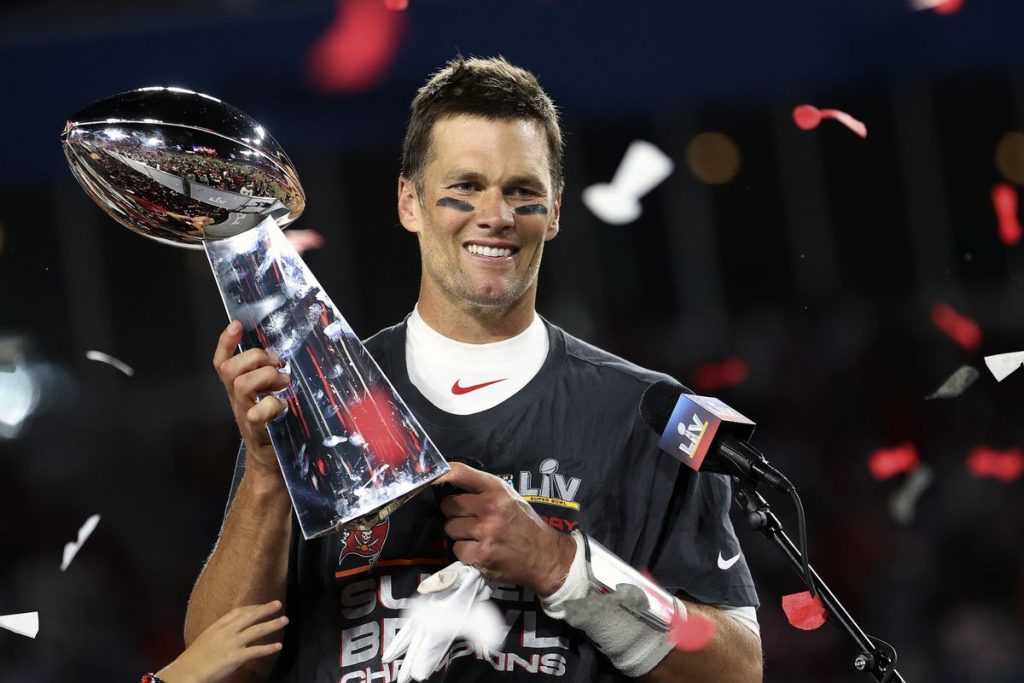By Dr.Henry Mahncke, CEO BrainHQ
You might be surprised to learn that a health intervention increasingly found in Medicare Advantage plans, played a role in this year’s Super Bowl win. It wasn’t the dental plan or the transportation benefits. Nor was the answer to be found in the Super Bowl ads — as entertaining as some were. The answer was right there on the field, where the oldest quarterback ever won the Super Bowl, decisively.
One of the things that makes Tom Brady so impressive is how he trains to resist the normal effects of aging. Those effects include the typical slowing of brain speed and degradation of perceptual accuracy, which begins for most people in their late 20’s or early 30’s and cumulates with each passing year.
Since February of 2014, Tom’s been engaged in computerized brain training – reportedly for about 15 minutes a day. The brain training Brady uses Is the BrainHQ app, which was developed by a global team of researchers led by Dr. Michael Merzenich.
Brain Training
Dr. Merzenich is commonly credited with discovering that plasticity – the ability of the brain to change chemically, physically and functionally – is a key mechanism of the brain throughout life (and not just in the developmental epoch of childhood). Dr. Merzenich also was the first scientist to harness plasticity for human benefit in his co-invention of the cochlear implant, which has restored hearing to 100,000s with deafness. For the past two decades, he has focused on a less invasive means of inducing plasticity to improve brain health and operations – using computerized auditory and visual training to re-wire the brain. His body of work has been recognized with a Kavli Prize in Neuroscience as well as honors from each of the National Academy of Sciences, National Academy of Medicine, and the National Academy of Engineering. However, more people probably know him from his nine specials on public television on brain fitness.
In the first decade of his NFL career, Brady won three Super Bowls between the ages of 22 and 26. He began training with BrainHQ in 2014, and then he went on to win his next four Super Bowls between the ages of 37 and 43 (ages at which most NFL quarterbacks have retired).
In his best-selling book, The TB12 Method: How to Achieve a Lifetime of Sustained Peak Performance, Brady describes the benefits of brain training quite succinctly: “As a result of using BrainHQ exercises, I can see more of what’s happening, more accurately, and therefore make better decisions, faster.”
While some sportswriters like to poke fun at some of the more unusual parts of Brady’s regimen – for example foods he eats (such as avocado ice cream) and foods he avoids (such as nightshades) – his results speak for themselves. At its heart, his method is in keeping with current thinking on long-term health. It emphasizes hydration and eating a largely plant-based anti-inflammatory diet, as well as emphasizing stretching and “pliability” over traditional weight training. It also recognizes that cognitive conditioning is as important as physical conditioning for sustaining peak performance.
In his book, Brady notes that he and his Body Coach Alex Guerrero sought out the world’s leading experts in brain plasticity. Eventually, they found the team at BrainHQ, which includes more than 400 university-based researchers as authors and co-authors on more than 200 peer-reviewed papers reporting results in studies using BrainHQ exercises in varied populations.
Benefits of apps like BrainHQ
Those studies have shown many benefits, including better performance at standard measures of cognitive abilities (e.g, attention, speed, memory, executive function, social cognition); at standard measures of quality of life (e.g., depression, anxiety/stress/fatigue, confidence, health-related quality of life, health outcomes, healthcare costs); and at real-world activities (e.g., gait/balance, driving, listening, seeing, Instrumental Activities of Daily Living, work).
While BrainHQ can help a quarterback with the split-second perceptions and actions to find the open receiver, dodge defensive players, and remember each week’s thick new playbook; it can also help an older person with the split-second perceptions and actions to prevent a fall, avert a car crash, hear well in noisy environments, and retain the skills necessary to maintain self-care and independence. Because of that, BrainHQ is now a part of leading Medicare Advantage plans (e.g, Anthem, Kaiser, Priority, SCAN).
In fact, last week Deft Research reported that brain training was one of the top new benefits acquired by people who changed their Medicare Advantage plans this year. In addition, surveys from AARP and NMI have found that brain health is the top concern of older adults, outranking concerns about finances, relationships, and the ongoing viability of Medicare and Social Security. It is often an unspoken concern, because people don’t want others to feel they are worried about their own brain health. The field of brain training was once classified as cognitive rehab and carried some stigma. However, with Tom Brady talking about his own brain training aimed at achieving peak performance, it’s easy to sense a shift in attitude to the kind of pride people take in physical fitness activities, and brain fitness soon may have as large – or larger – a following.
About the author
Dr. Henry Mahncke earned his PhD in the lab at UCSF where lifelong brain plasticity was discovered, and at the urging of his academic advisor, became the CEO of the company that makes BrainHQ. Readers can try BrainHQ for free at brainhq.com and can check out Tom Brady’s version at tb12.brainhq,com.

